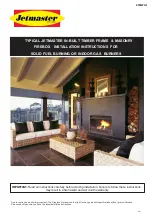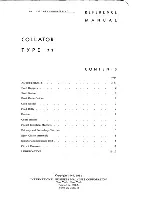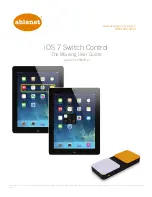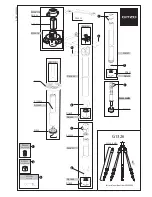
8
8.10 If a lock is fitted, lock the coupling head by turning the key clockwise. Remove the key and slide
the cover over the lock.
8.11 Turn the jockey wheel operating handle clockwise until the jockey wheel has fully retracted into
its outer tube.
8.12 Release the clamp and raise the jockey wheel with the wheel to the rear, and securely tighten
the clamp.
8.13 Attach the trailer lights power cable plug to the towing vehicles socket and check that all the
lights are operating correctly.
Regularly clean the inside of the Coupling Head cup and lubricate with suitable grease.
The coupling will wear to a larger size as time goes by and this wear will be accelerated if
the unit is not greased
A towing ball protective plastic cap is recommended for the towing vehicle.
9.1 Ideally the trailer should be parked on firm level ground to safeguard against the trailer rolling or
sinking into the ground.
9.2
Where the trailer is to be parked on a slope, the trailer’s wheels must be chocked.
10.1 With the trailer positioned on firm level ground (see Section 9 Parking the Trailer for options),
apply the towing vehicle handbrake.
10.2 Where the trailer is on unlevelled ground, chock the wheels.
10.3 Detach the trailer lights power cable plug from towing vehicles socket and insert plug into
bracket on chassis.
10.4 Release the jockey wheel clamp and lower the jockey wheel to the ground and securely tighten
the clamp.
10.5 If fitted, insert the key into the lock on the coupling head and turn anti-clockwise to unlock. Take
hold of the coupling head handle, move the release lever with your thumb and lift the handle.
10.6 Turn the jockey wheel operating handle anti-clockwise to raise the coupling head clear of the
ball.
10.7 If a lock is fitted, for security, lock the coupling head by turning the key clockwise. Remove the
key and place the cap over the lock.
10.8 Disconnect the breakaway cable.
9. PARKING THE TRAILER
10. DETACHING THE TRAILER








































